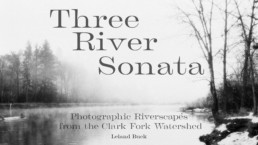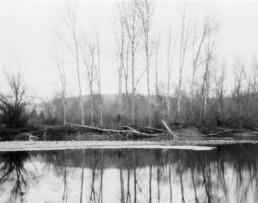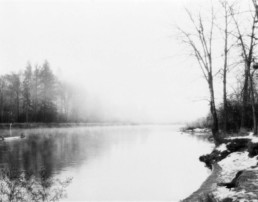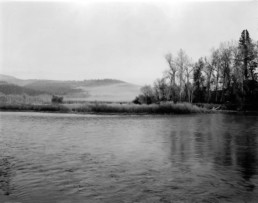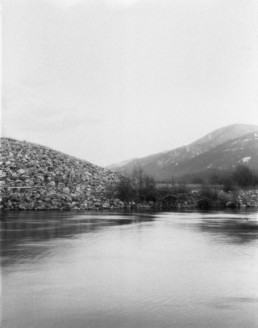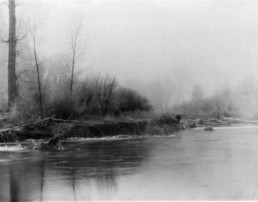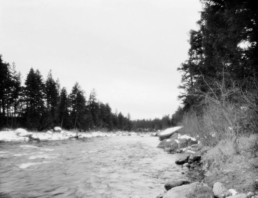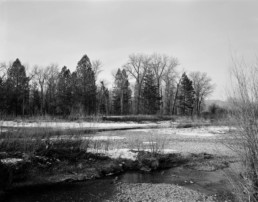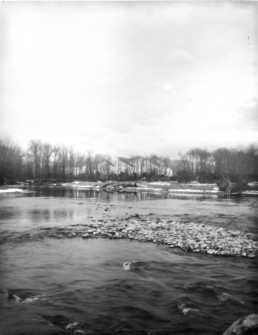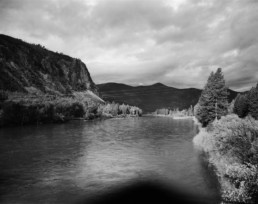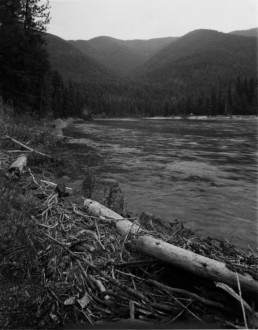This is a project about a distinctive area of the American West known as the Clark Fork Watershed. This watershed forms the northern headwaters of the Columbia River and encompasses an area of about 14 million acres in Western Montana. In total it feeds roughly 28,000 miles of river and is home to a human population of roughly 350,000 people.
These waters trickle out of the mountains of Western Montana and form three majestic rivers: The Clark Fork River, and two of its main tributaries, the Blackfoot River and the Bitterroot River. The town of Missoula, where I live, is perfectly situated between the Clark Fork’s confluence with the Blackfoot River just to the town’s east and the Bitterroot River to the west.
Over the course of this project, I have covered the Clark Fork River from its sources in the foothills below Butte to its eventual end at the mouth of Lake Pend D’Oreille on the Idaho border. Similarly, I have followed the Bitterroot and Blackfoot Rivers from their sources to their confluences with the Clark Fork.
When COVID-19 forced the closure of my Missoula photo studio, I set out with several large format cameras and a vague idea that I would turn my attention from photographing people to photographing landscapes, and very quickly I found myself uncompromisingly taken with the three rivers that have shaped the landscape that surrounds me.
Three River Sonata is a personal project undertaken by a photographer in a time of uncertainty and confusion. It is a celebration of a very particular place at a very unique moment in time. As a book, it seeks to return not only to the slow and attentive days of large format analog photography but also to the days when the photographic book (and not a person’s Instagram feed) could capture a view of a subject and deliver a coherent body of work in a single contained form.
Over the course a protracted year and a half of pandemic, I endeavored to roam and observe this unique subdomain of the great Western Landscape, and learn firsthand about the power exercised by water in this part of the world. Water in liquid, solid, and vaporous states defines the topographical shape of this land and provides the basis for the entire natural ecosystem in the region.
Every step in this process has revealed the hand of humans. These rivers, like every aspect of the great Western Landscape, is now highly managed by people. At every turn, the human hand is visible. But it is the power of water, not man that drives this story. For water, pure or befouled, in its abundance or in its scarcity, is the true king of these lands.
The images in this series are almost entirely shot on a blue-sensitive orthochromatic X-Ray film that I buy in 8×10 sheets to expose in an 8×10 camera, or I painstakingly cut down into 4×5 sheets to use in my smaller, more portable 4×5 camera. Each exposed sheet of film is developed in a dilute solution of Rodinal developer using a process called “dip & dunk” tanks. This is really the only way to work with this film as it has a very soft, thin emulsion on both sides of the film.
I have undertaken a great deal of experimentation with this film and have worked very hard to capture the right amount of grain and texture to render highlights and mid-tones in clouds and fog while still holding detail and adequate silver density in the dark areas of tree, water and shadow. This particular film has many limitations and frustrations, and much of the film I exposed never produced workable images. These problems were at times overwhelming, but ultimately valuable. It reinforced the idea that the time I spent in the company of these rivers was far more valuable than any single photograph I attempted to take. This idea helped me get through a terrible period in our recent history. During a 4 week span late in 2020, four friends were taken by COVID-19. In some way, this book is about loss and remembrance, and appreciation of the time we spend in good company.
What follows is a selection of the images in the project. In total, there are about 150 publishable images. The book will be roughly 110 pages in length and will contain 80-100 different images.

